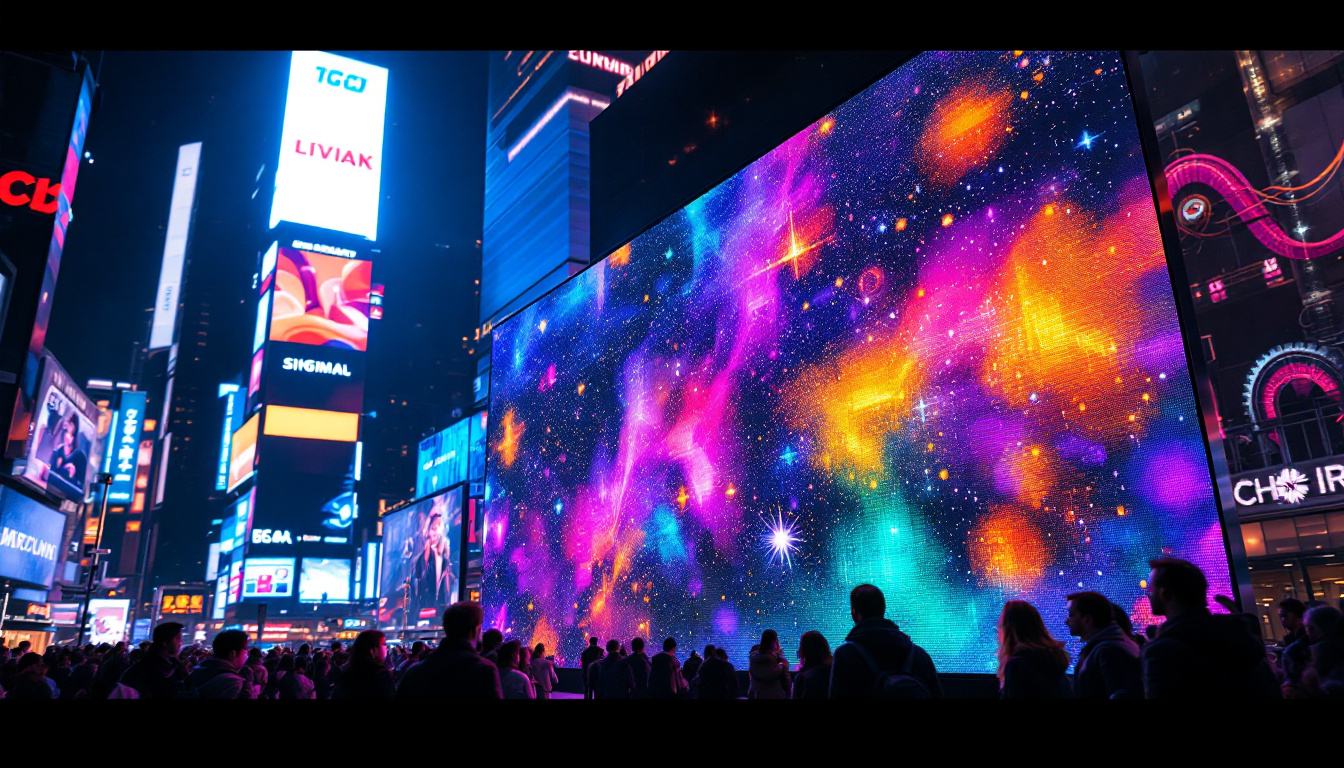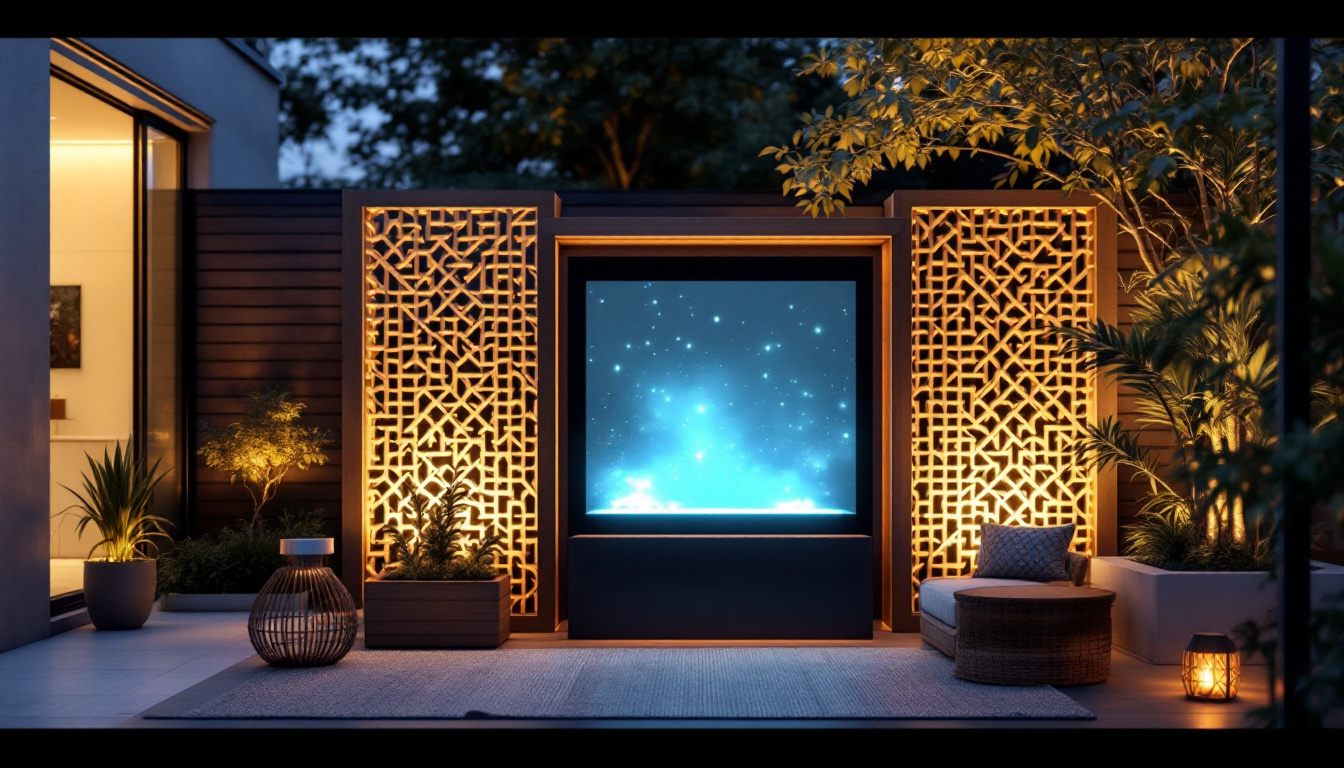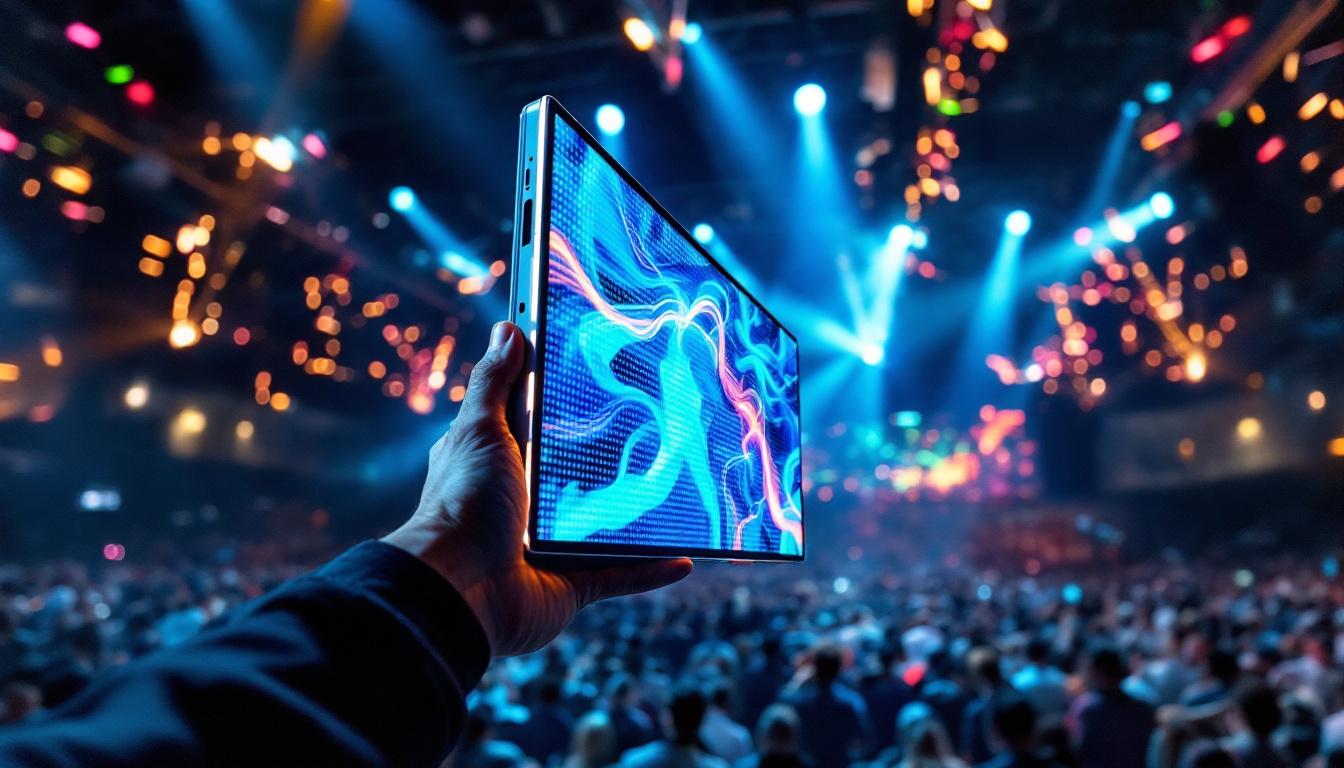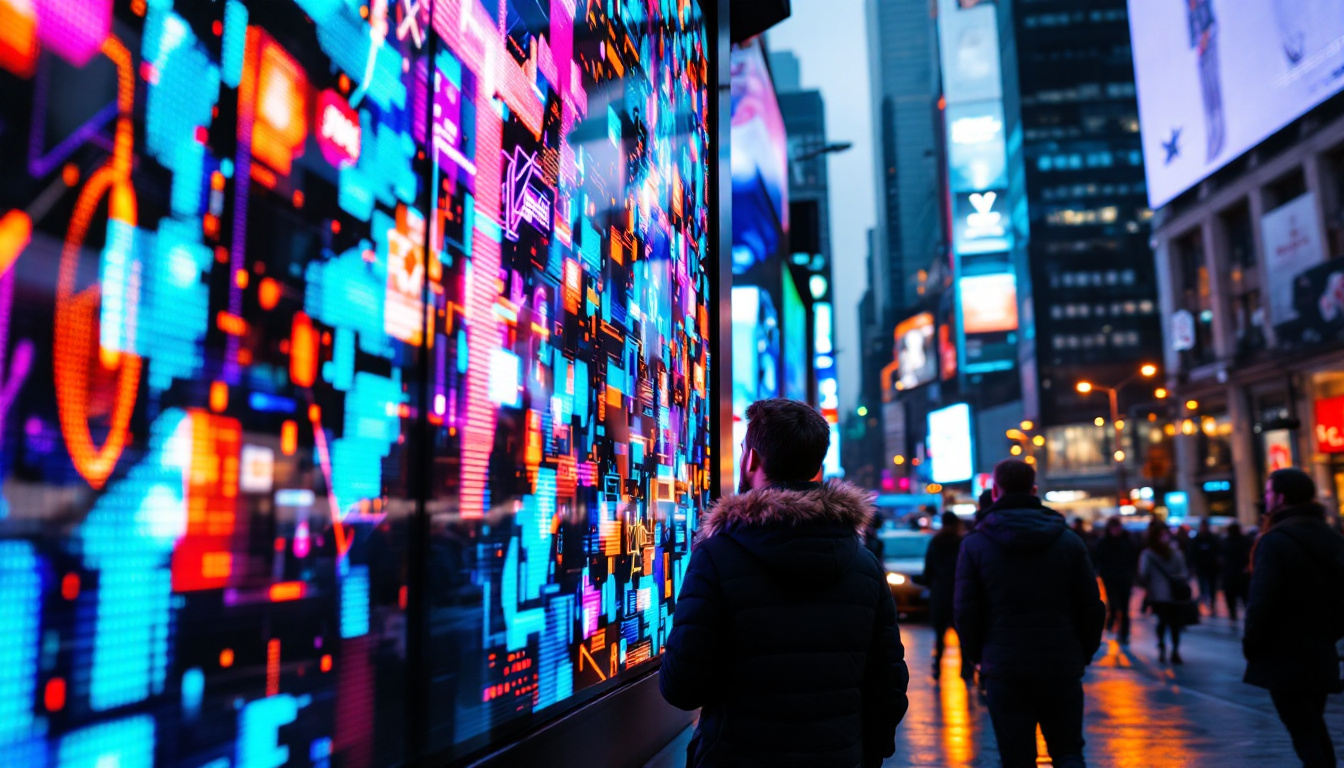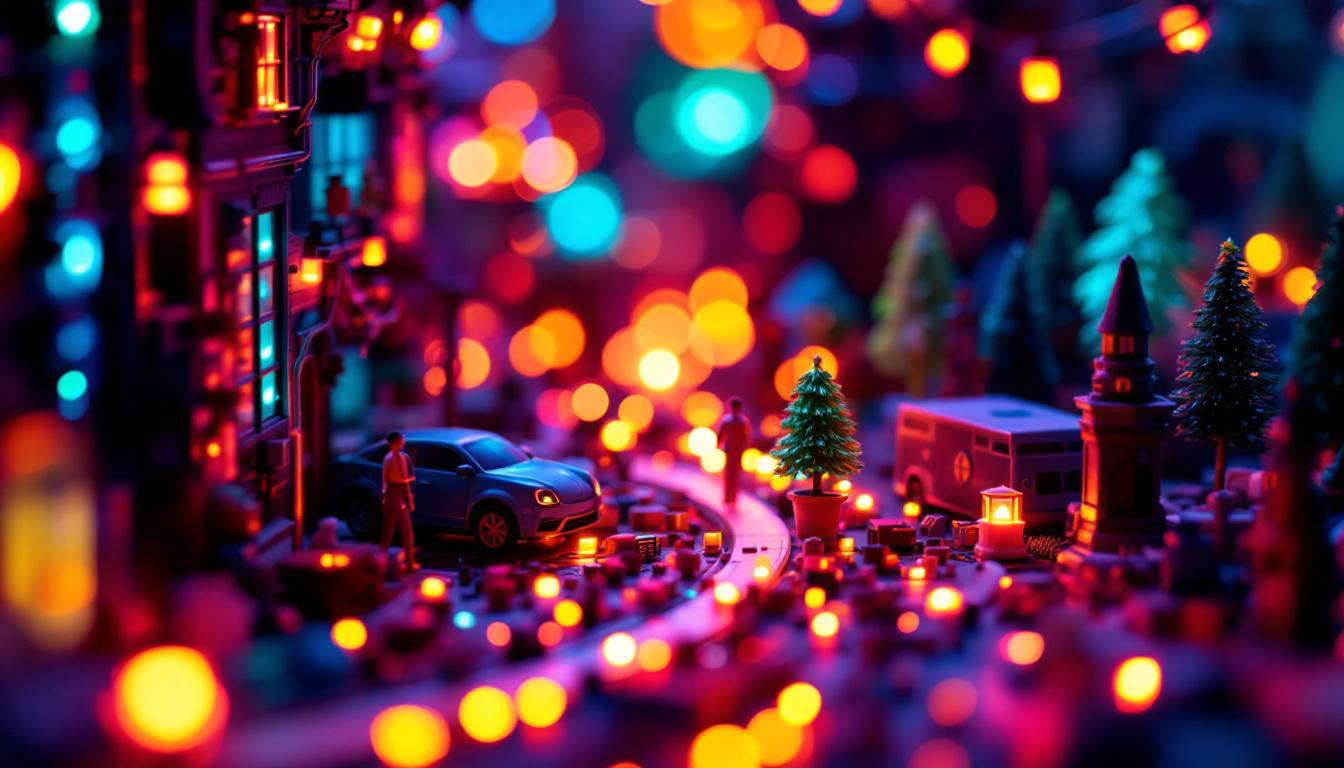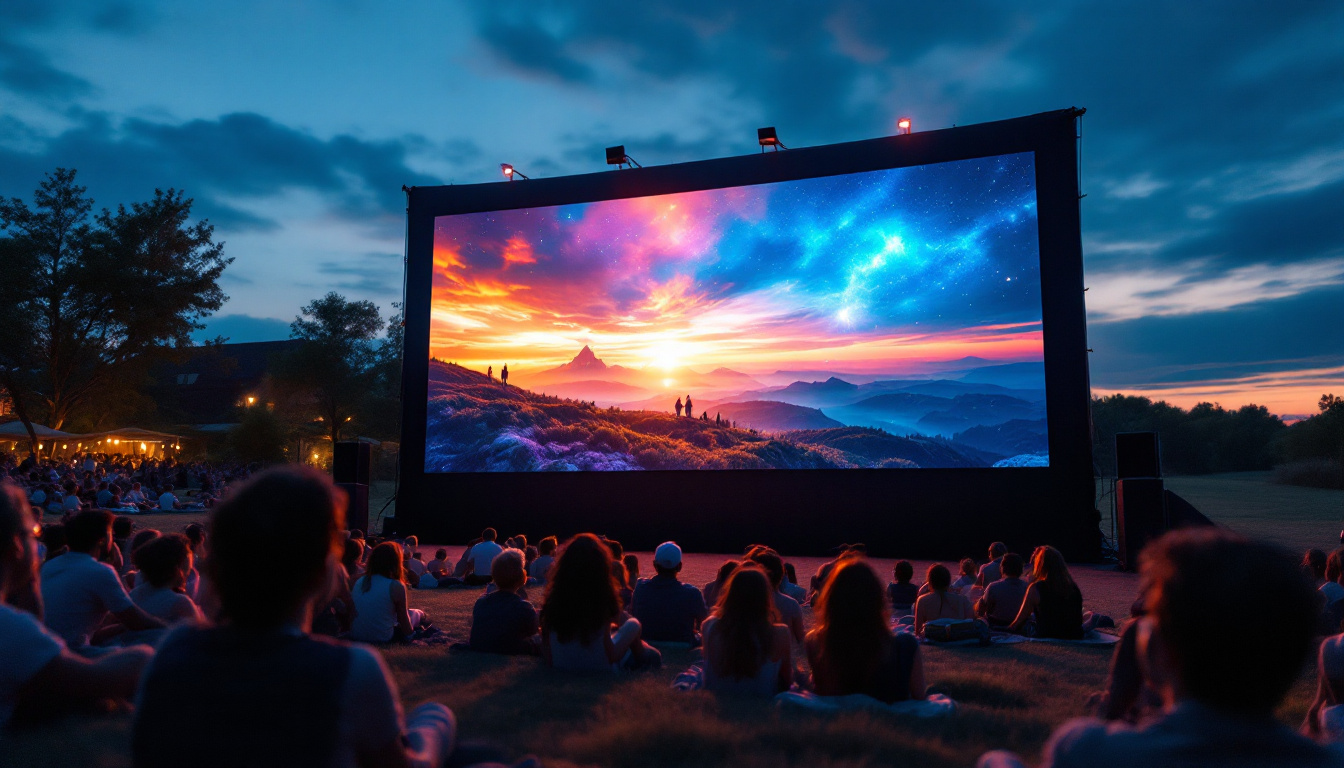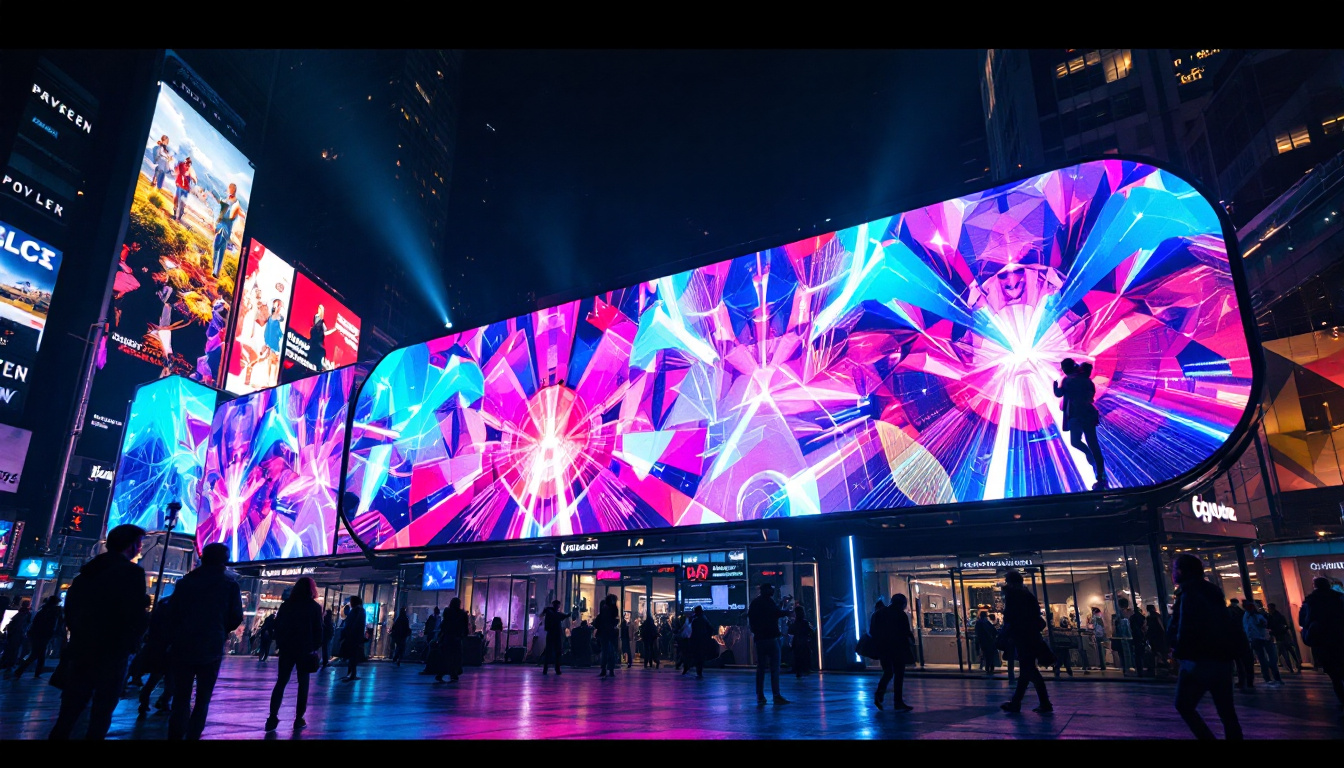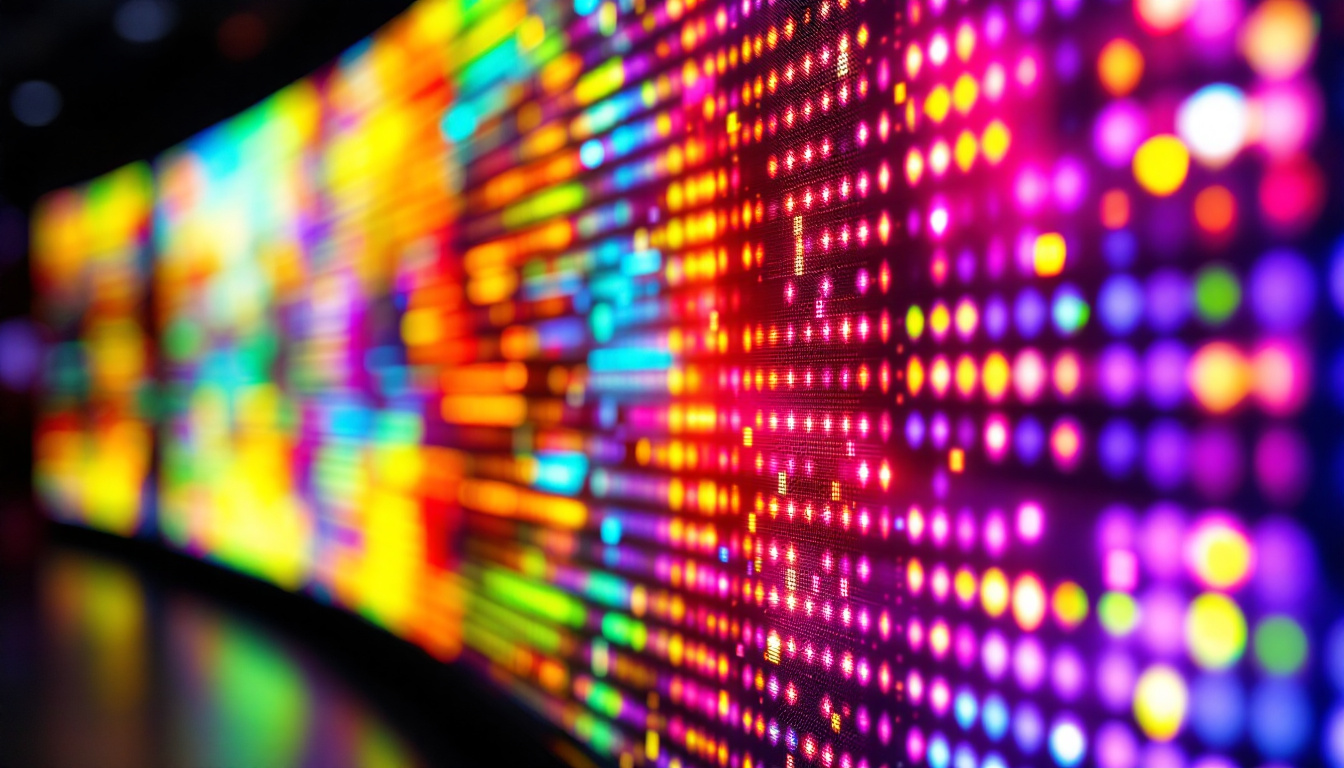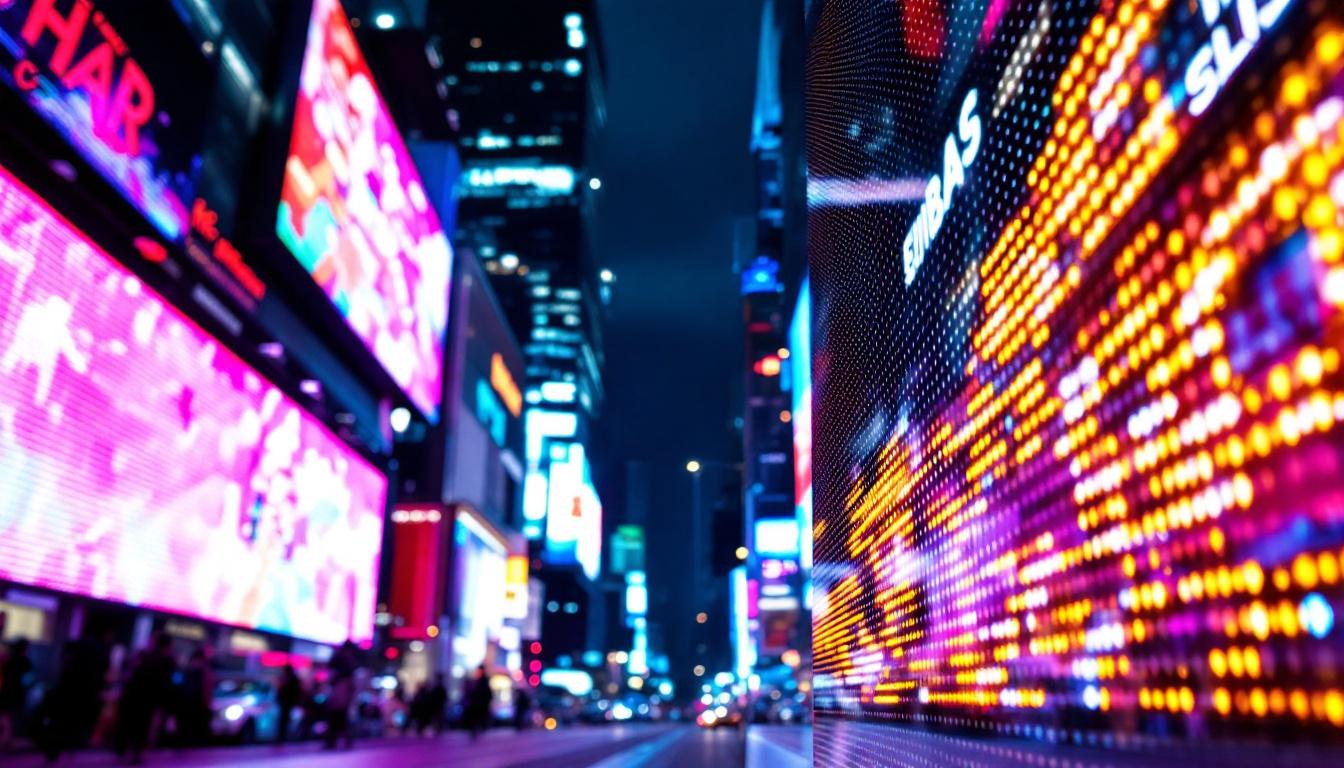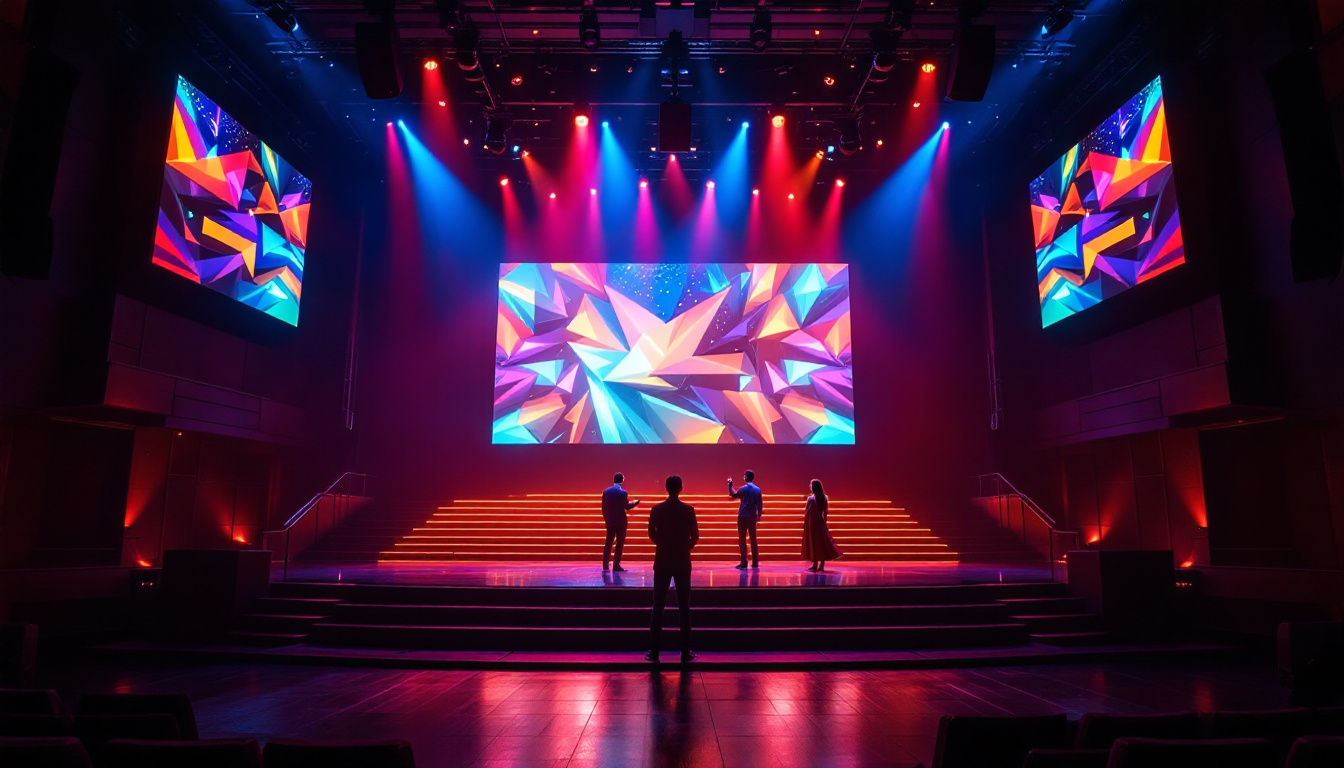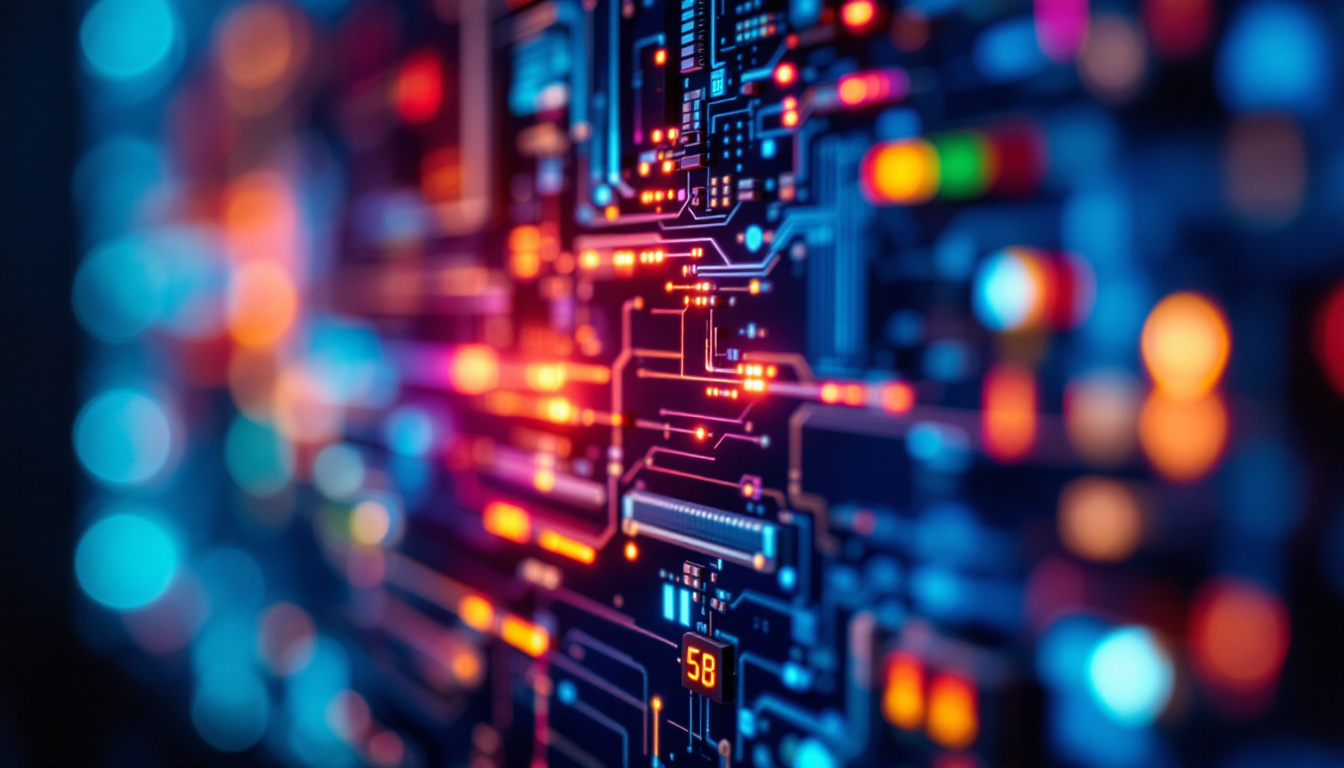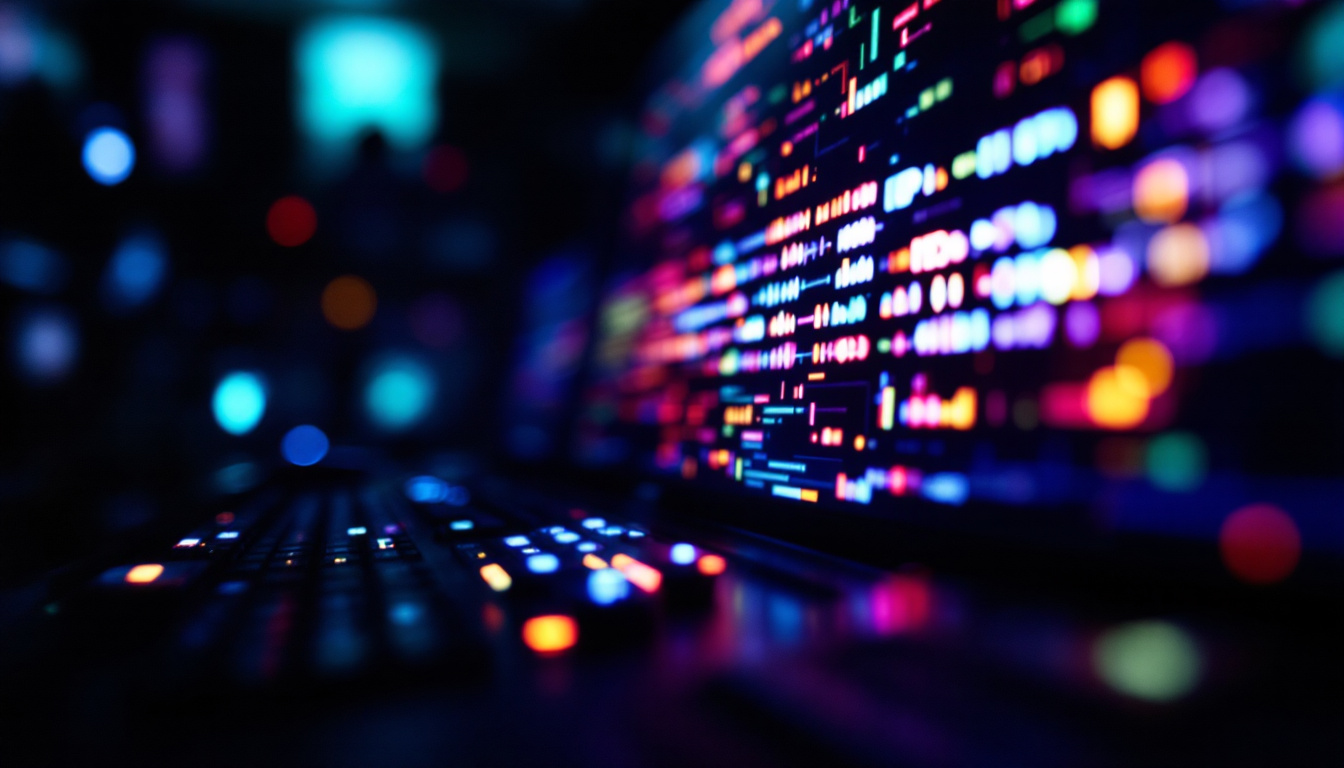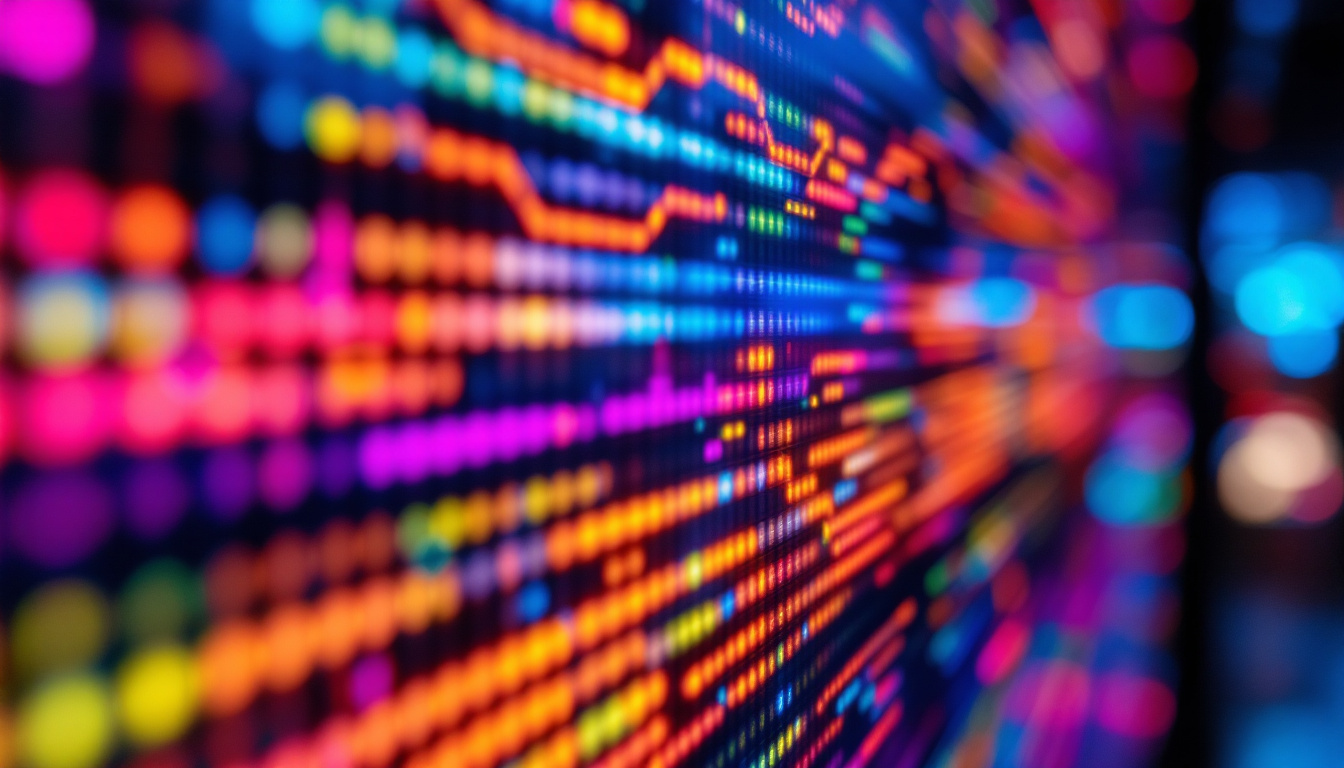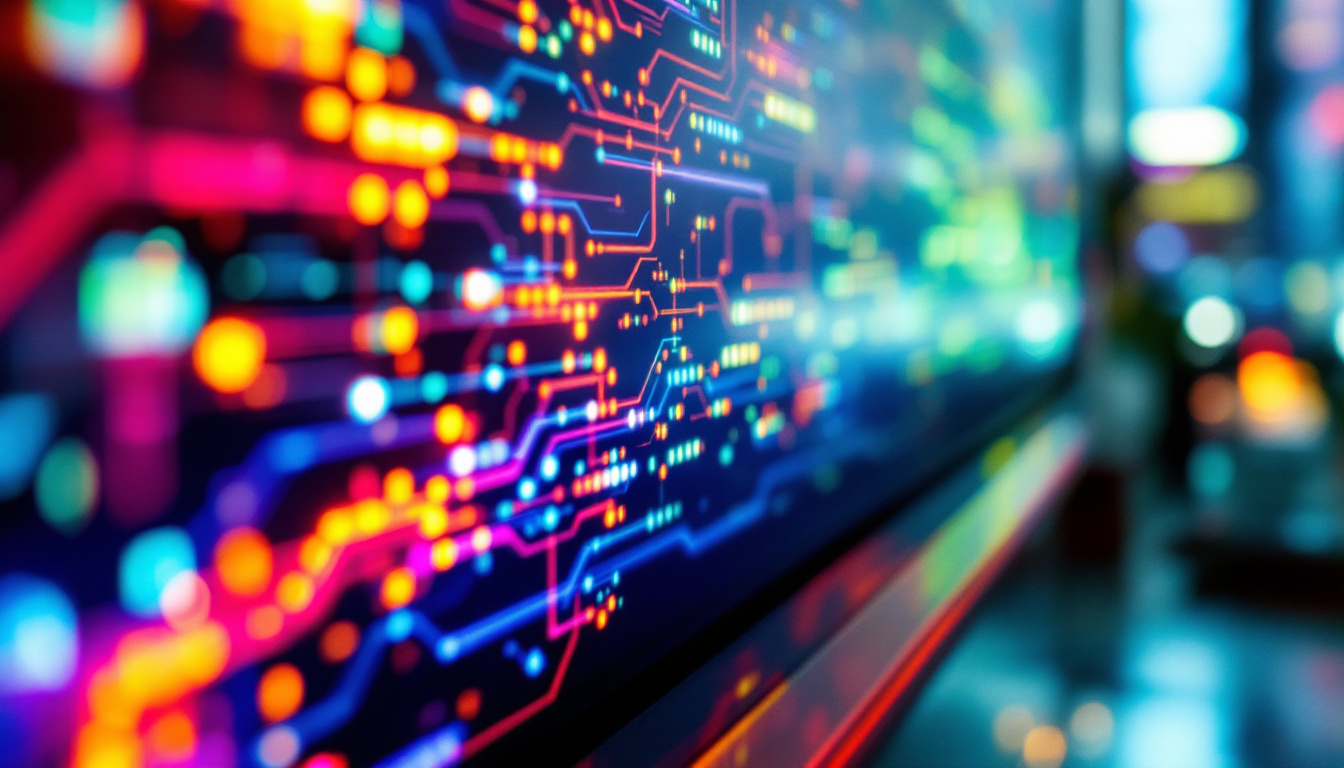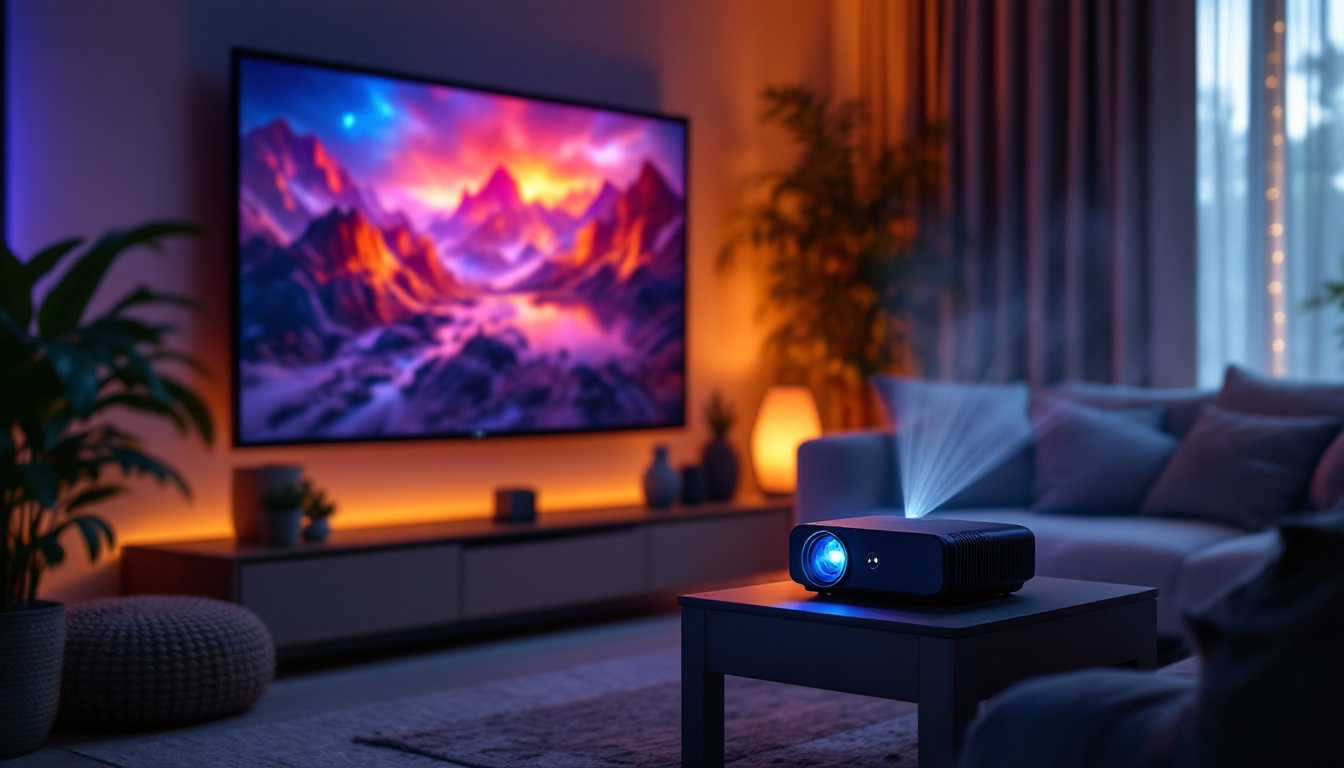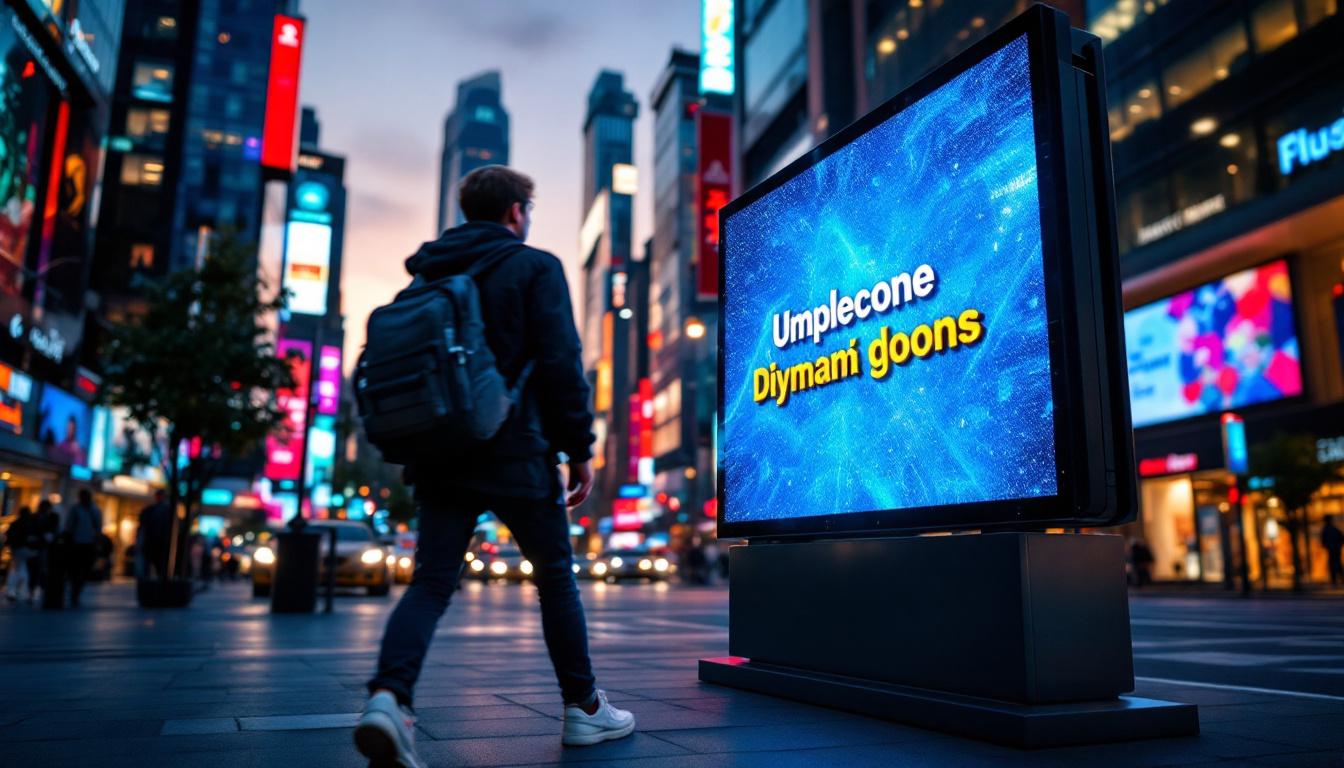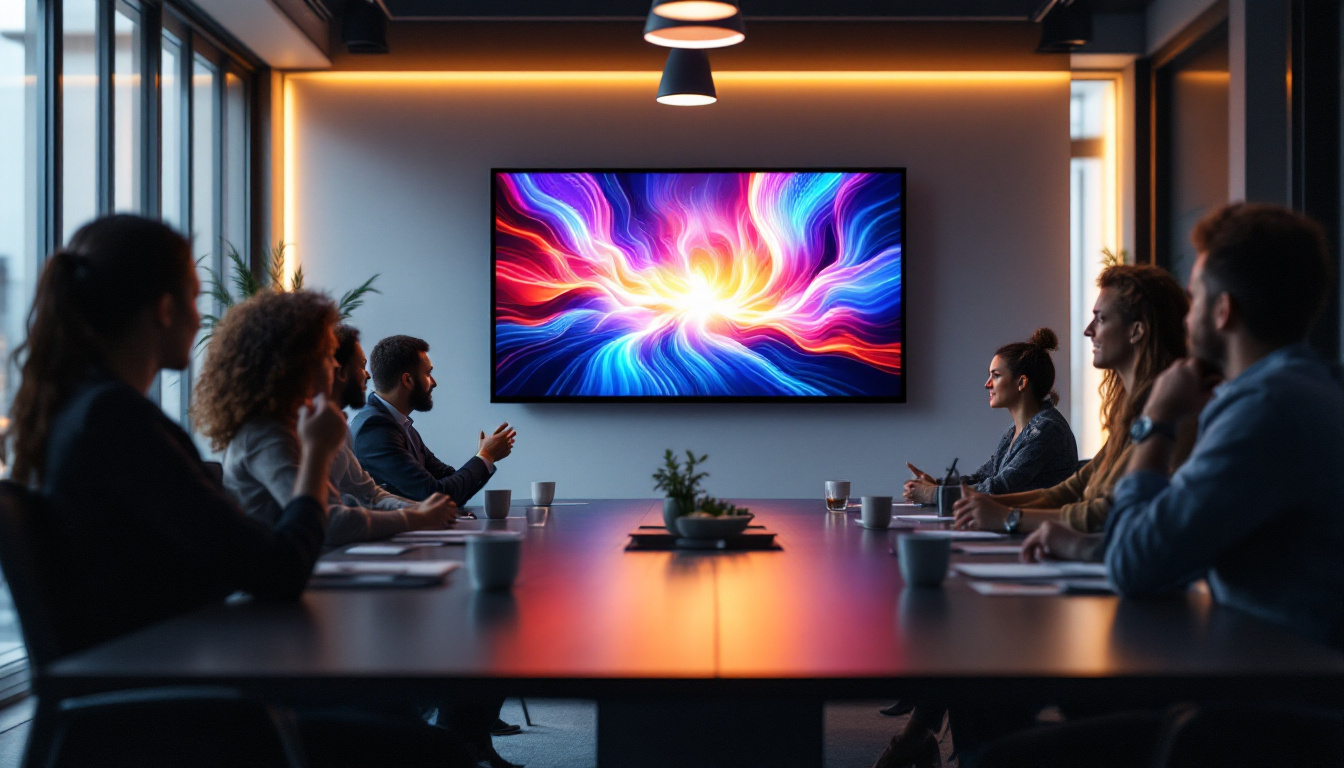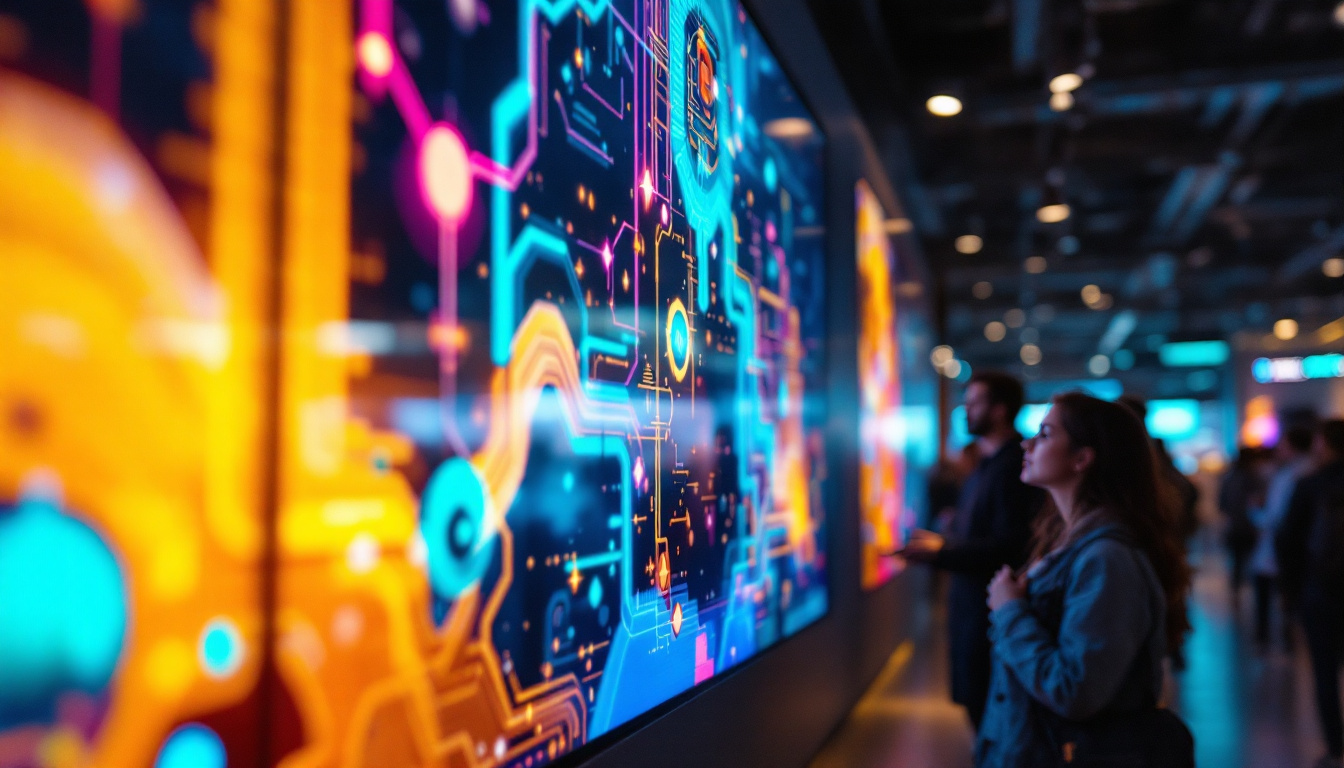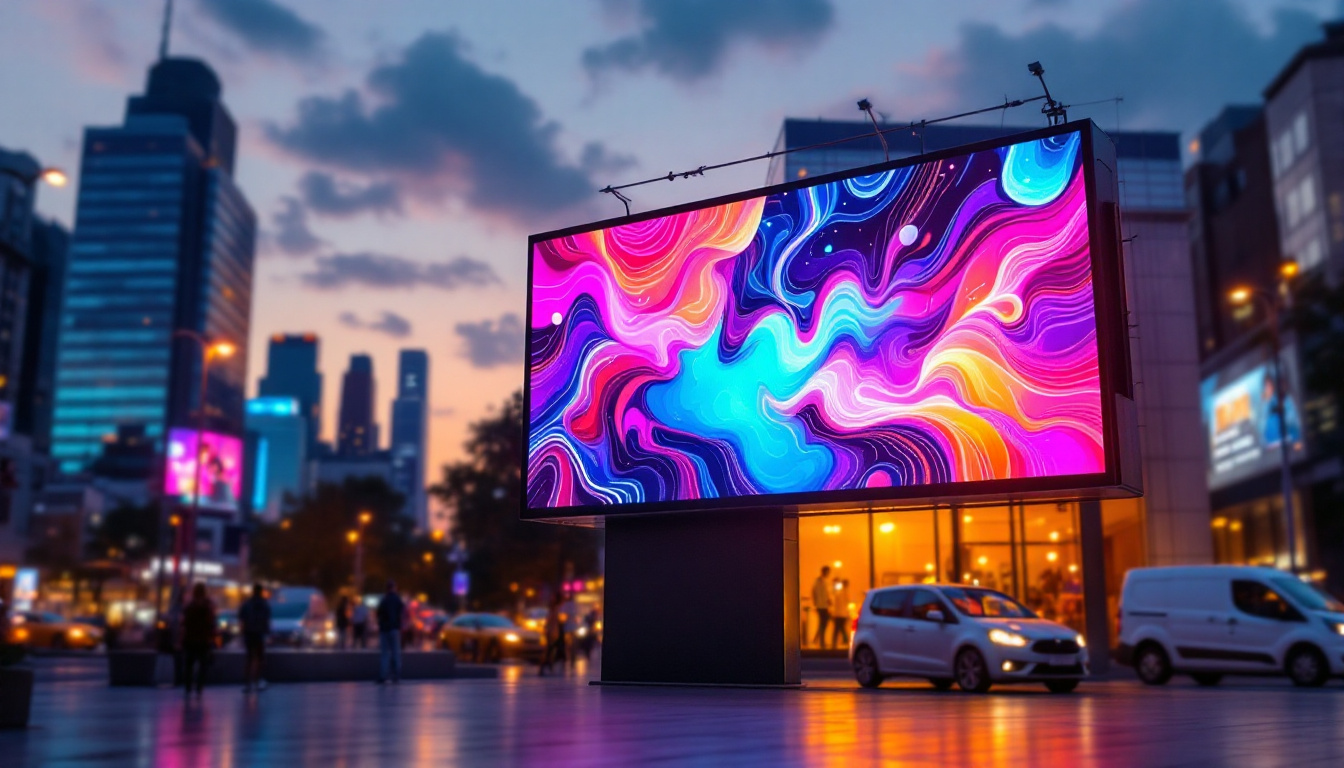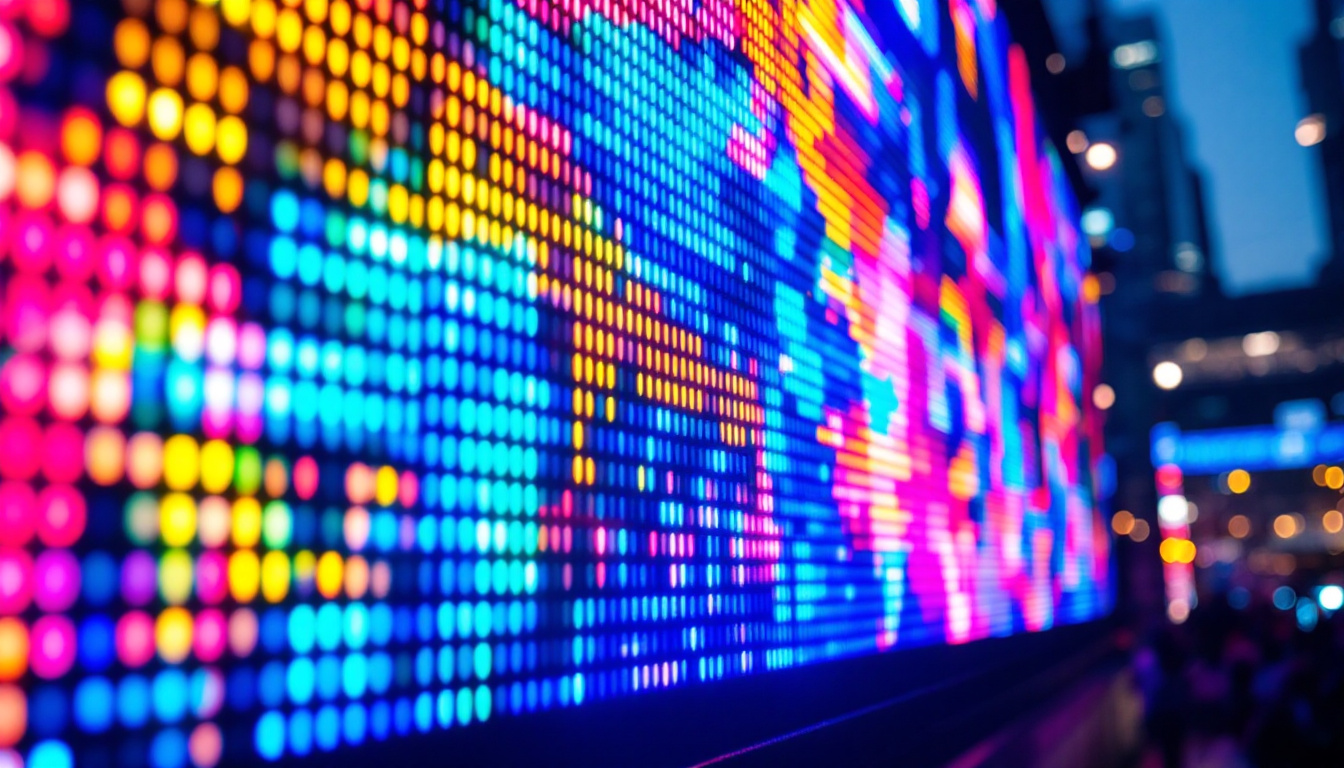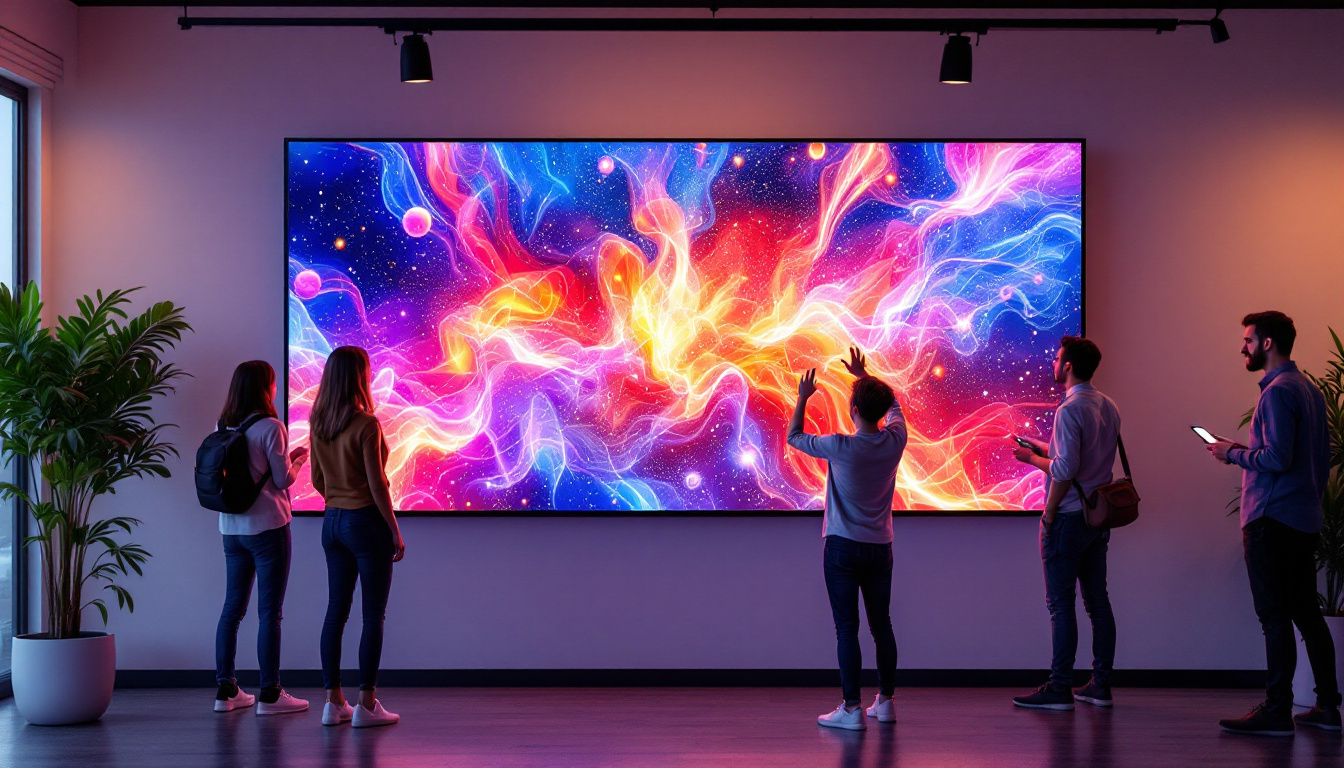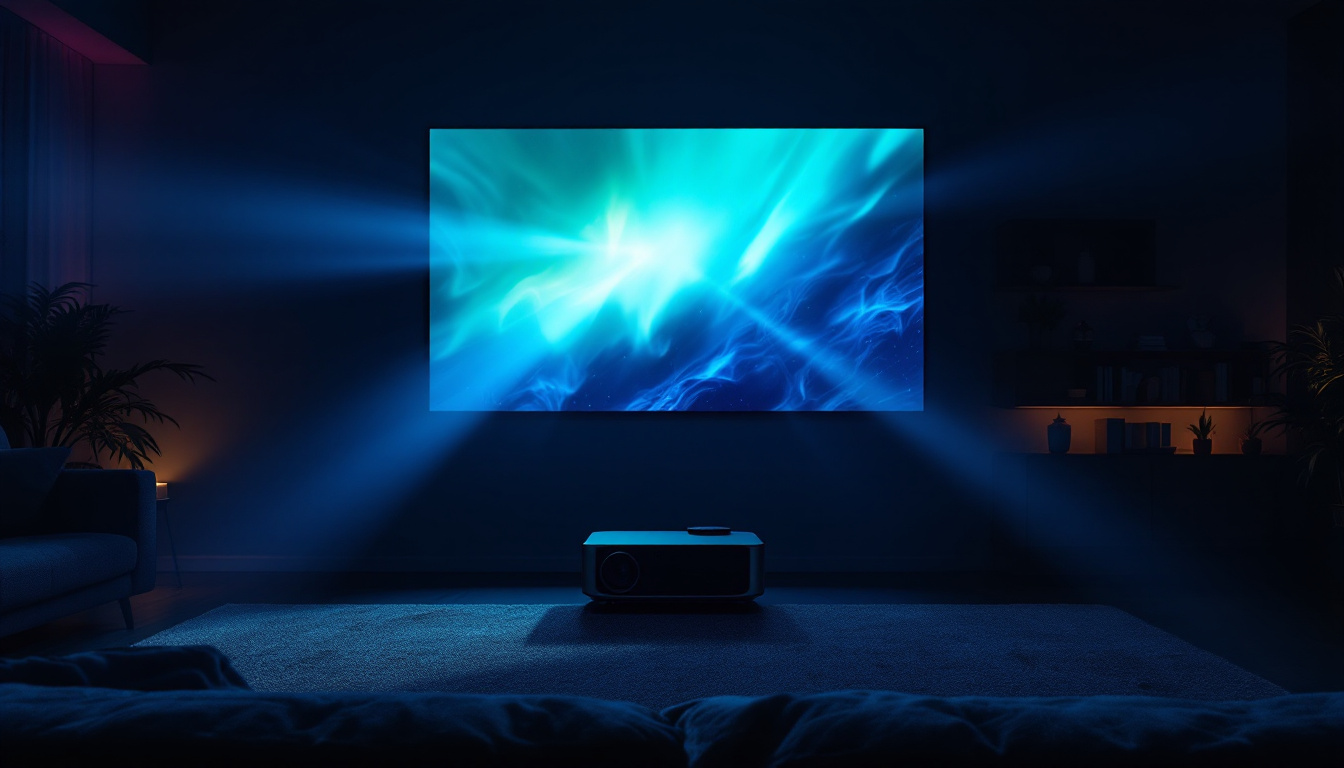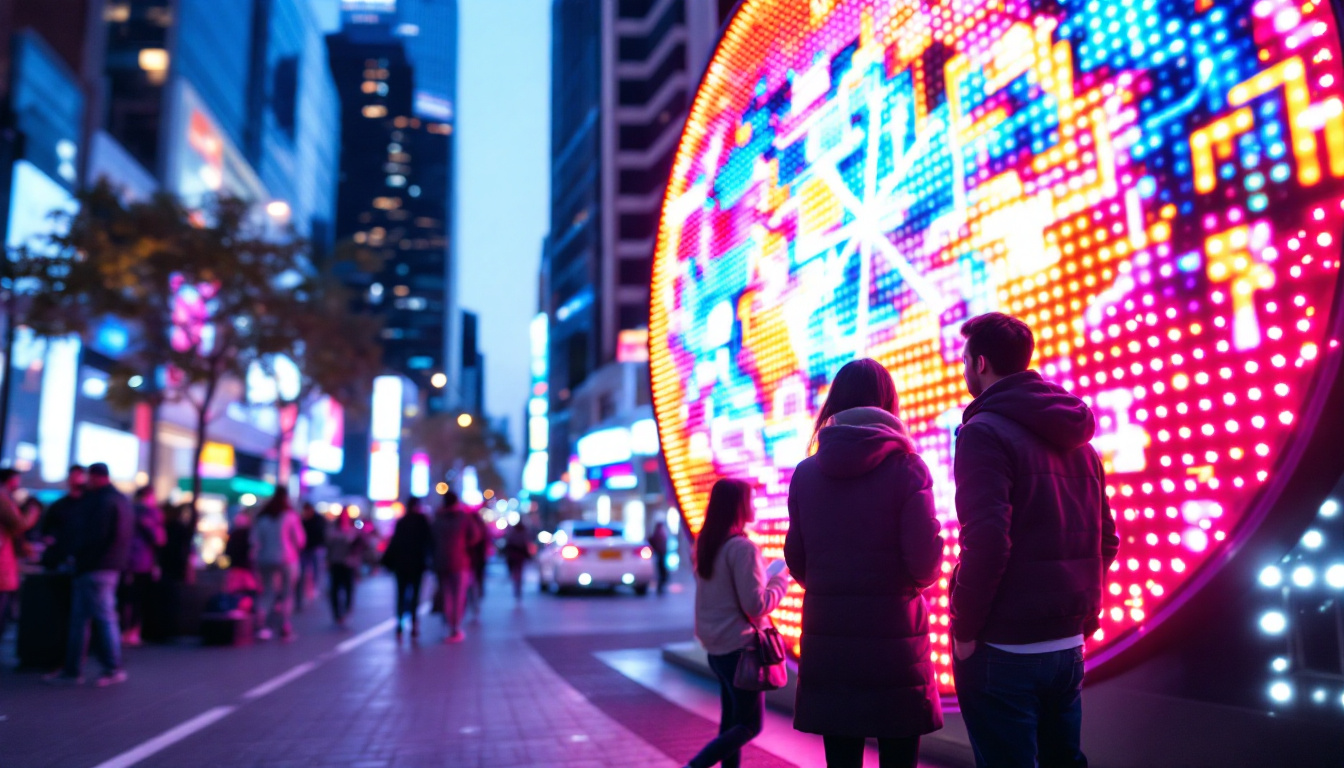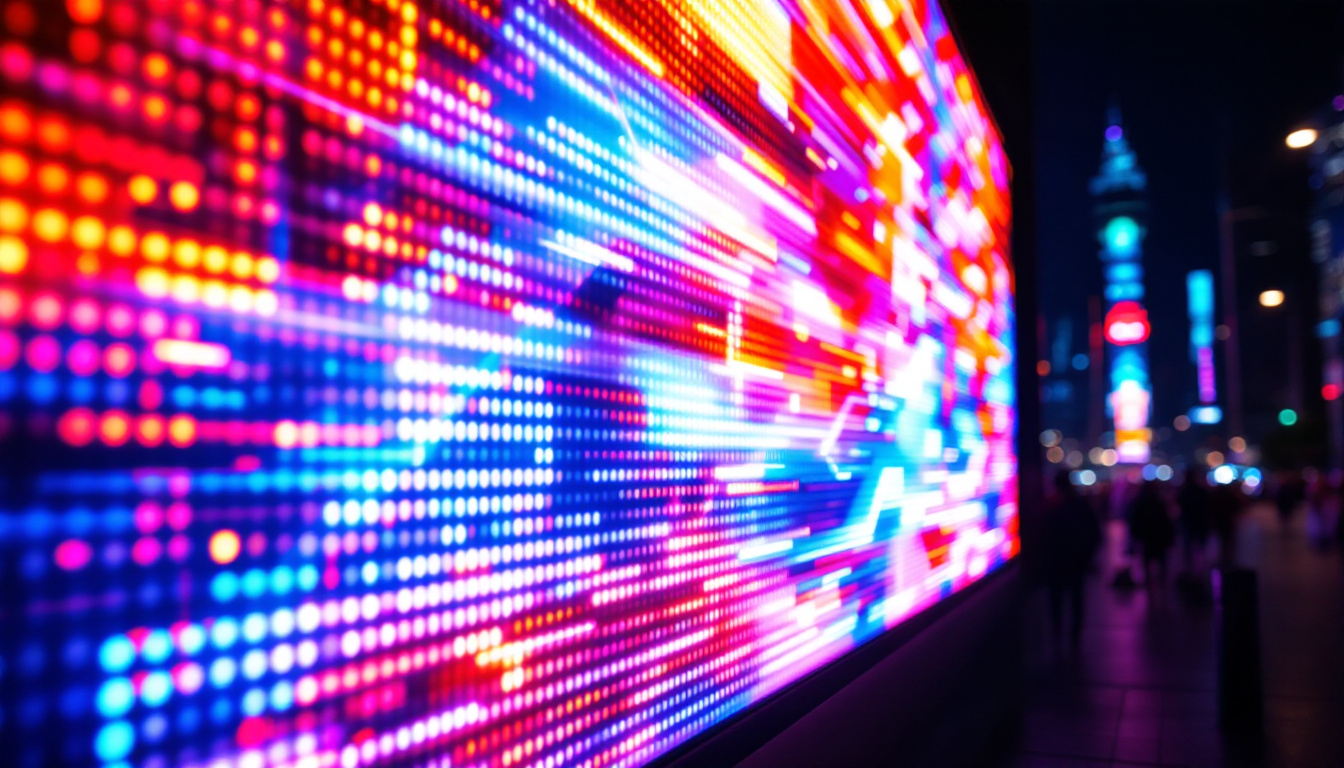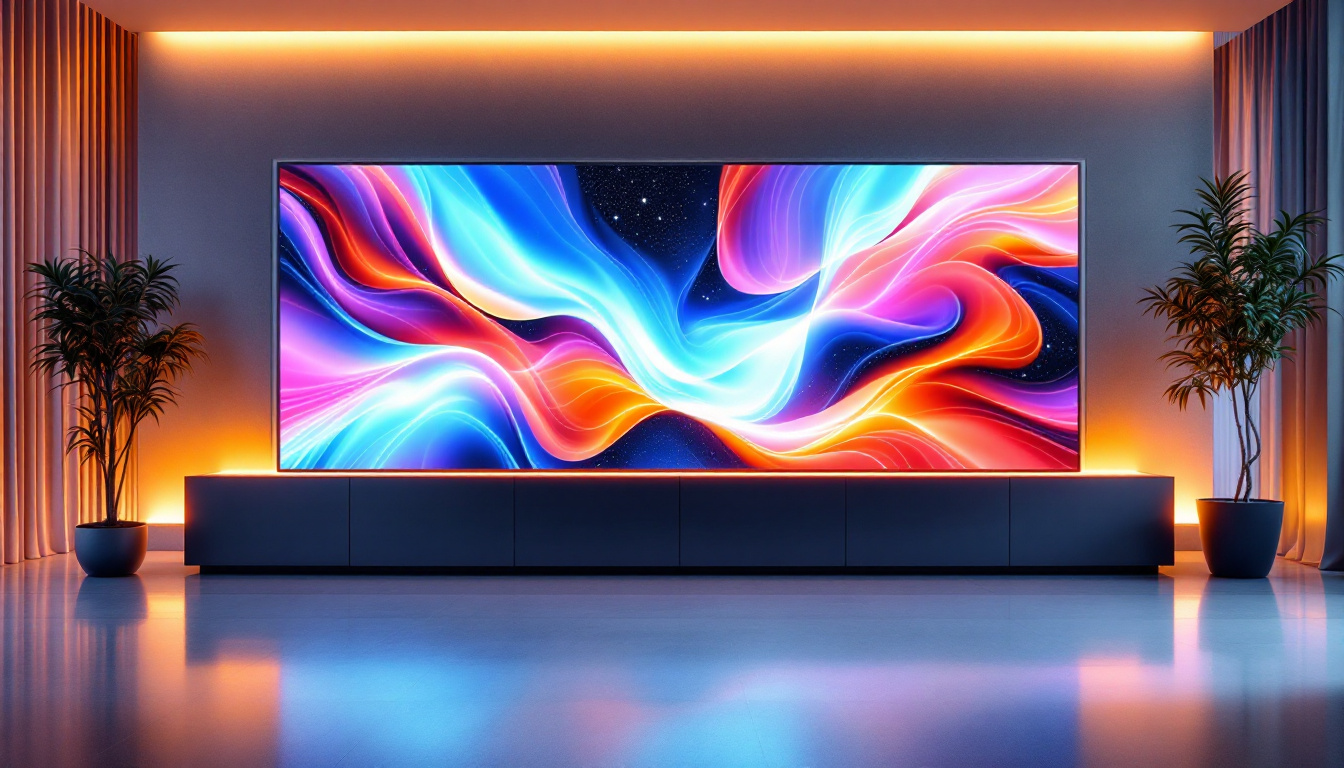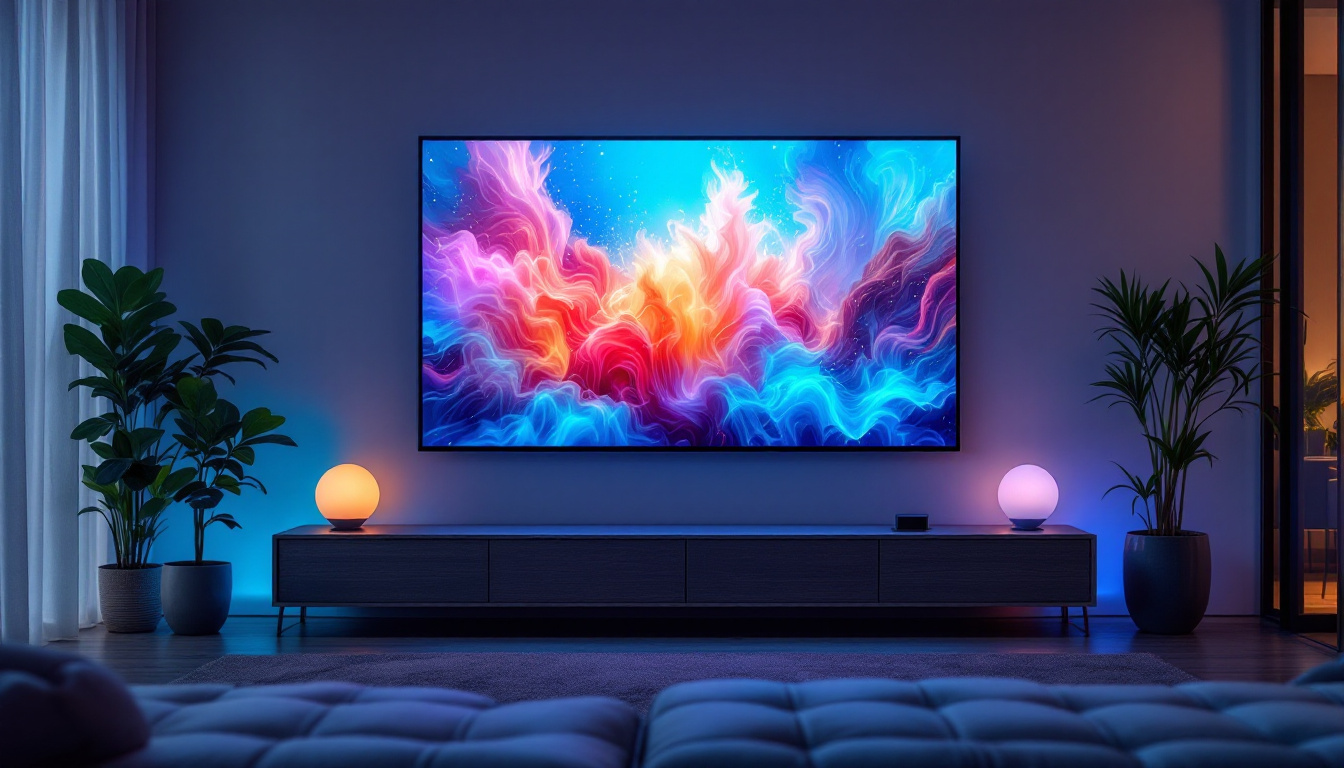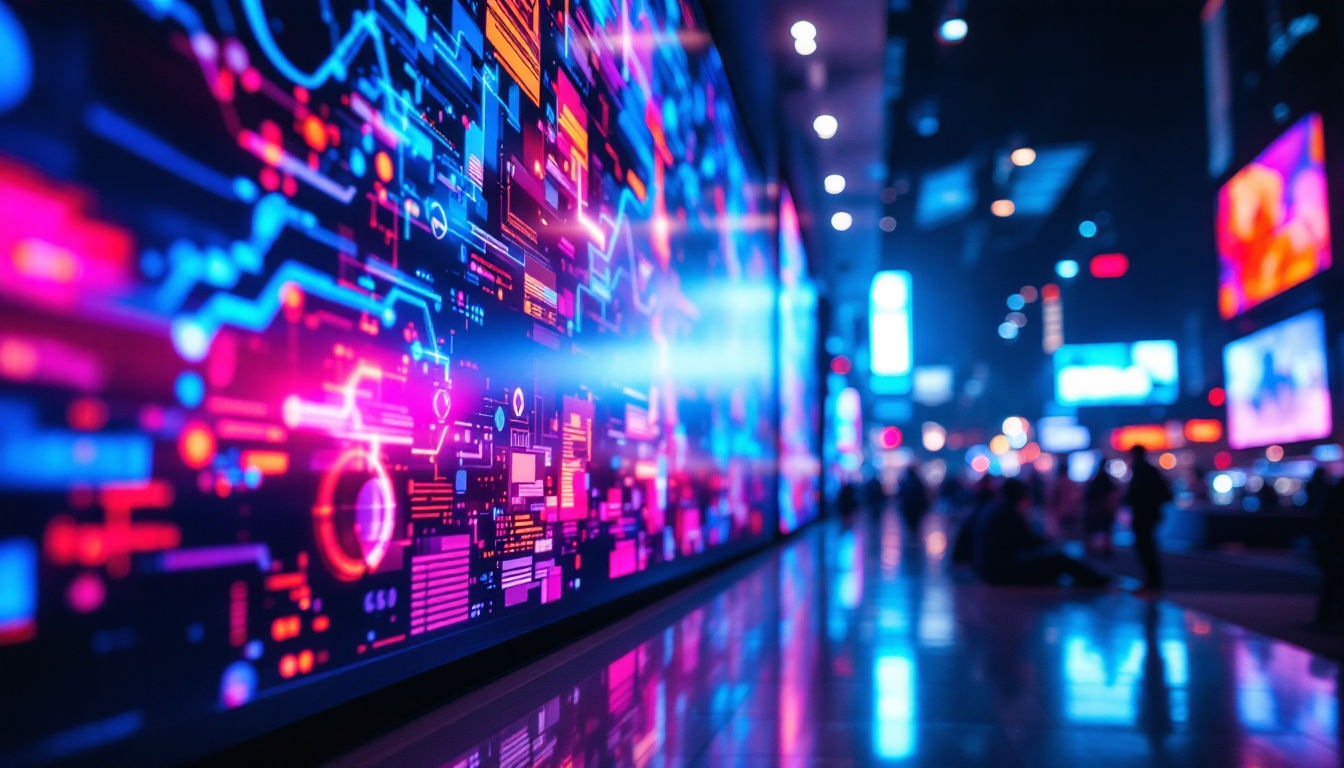In today’s fast-paced digital world, LED displays have become a ubiquitous part of our environments, from advertising billboards to personal devices. The versatility, efficiency, and vibrant visuals offered by LED technology have revolutionized how information is conveyed. This article delves into the intricacies of LED displays, exploring their technology, applications, and future potential.
Understanding LED Technology
Light Emitting Diodes (LEDs) are semiconductor devices that emit light when an electric current passes through them. This simple yet powerful technology forms the foundation of modern LED displays. The basic principle of LEDs is rooted in electroluminescence, where the movement of electrons within a semiconductor material generates light.
The Components of LED Displays
LED displays are composed of several key components that work together to produce images and videos. The primary elements include:
- LED Modules: These are the building blocks of LED displays, typically arranged in a grid format. Each module contains multiple LEDs that emit different colors.
- Control Systems: These systems manage the display’s content, allowing for real-time updates and adjustments. They ensure that the correct signals are sent to each LED module.
- Power Supply: A stable power supply is crucial for maintaining the brightness and performance of the display. It converts electrical energy into the appropriate voltage and current needed for the LEDs.
Each of these components plays a vital role in ensuring that LED displays function optimally, providing clear and vibrant visuals.
Types of LED Displays
LED displays come in various types, each designed for specific applications and environments. The most common types include:
- Indoor LED Displays: These are typically used in venues such as theaters, shopping malls, and conference rooms. They offer high resolution and brightness, making them ideal for close viewing.
- Outdoor LED Displays: Designed to withstand harsh weather conditions, outdoor displays are larger and brighter than indoor versions. They are commonly used for advertising and public information.
- Transparent LED Displays: These innovative displays allow light to pass through, making them suitable for storefronts and exhibitions. They provide a unique visual experience without obstructing views.
Understanding the different types of LED displays is essential for selecting the right one for specific needs, whether for commercial use or personal enjoyment.
Applications of LED Displays
The applications of LED displays are vast and varied, reflecting their adaptability and effectiveness in numerous settings. From entertainment to information dissemination, LED technology has transformed how messages are communicated.
Advertising and Marketing
One of the most prominent uses of LED displays is in advertising. Billboards, storefronts, and event venues utilize LED technology to capture attention and convey messages dynamically. The bright colors and motion graphics of LED displays can attract potential customers more effectively than traditional signage.
Moreover, the ability to change content in real-time allows businesses to promote special offers, events, and new products instantly, maximizing their marketing impact. This flexibility is particularly beneficial in high-traffic areas where capturing attention quickly is crucial.
Entertainment and Events
In the realm of entertainment, LED displays have become a staple in concerts, festivals, and sporting events. Large-scale LED screens provide immersive experiences, enhancing visual storytelling and audience engagement. From live performances to sports broadcasts, these displays create a captivating atmosphere that draws viewers in.
Additionally, LED technology is utilized in stage designs, allowing for dynamic backdrops and lighting effects that can be synchronized with performances. This integration of visuals and audio elevates the overall experience for audiences.
Information and Communication
LED displays are also widely used for information dissemination in public spaces. Train stations, airports, and bus terminals often feature LED screens displaying real-time updates on schedules and arrivals. This functionality improves the efficiency of communication in busy environments, ensuring that travelers have access to the information they need.
Furthermore, LED displays are employed in educational institutions to share announcements, schedules, and event information. This use of technology enhances the learning environment and keeps students and staff informed.
Advantages of LED Displays
The advantages of LED displays over traditional display technologies are numerous. Their unique features contribute to their growing popularity across various sectors.
Energy Efficiency
One of the most significant benefits of LED displays is their energy efficiency. Compared to traditional incandescent or fluorescent displays, LEDs consume significantly less power while providing brighter and more vibrant visuals. This efficiency not only reduces operational costs but also contributes to environmental sustainability.
As businesses and organizations increasingly prioritize eco-friendly practices, the energy-efficient nature of LED displays aligns with these goals, making them an attractive option for modern applications.
Longevity and Durability
LED displays are known for their longevity, often lasting tens of thousands of hours before requiring replacement. This durability is particularly advantageous for outdoor displays, which must withstand harsh weather conditions. Unlike traditional displays, which may suffer from burn-in or fading, LED technology maintains its performance over time.
This extended lifespan translates to lower maintenance costs and reduced waste, further enhancing the appeal of LED displays for businesses and organizations.
High-Quality Visuals
LED displays offer exceptional image quality, characterized by high brightness, contrast, and color accuracy. This quality makes them suitable for a wide range of applications, from advertising to entertainment. The ability to display vibrant colors and sharp images ensures that messages are communicated effectively, regardless of the viewing distance.
Moreover, the flexibility of LED technology allows for various resolutions and sizes, catering to different requirements and environments. Whether for a small indoor display or a massive outdoor billboard, LED technology can deliver the desired visual impact.
Challenges and Considerations
While LED displays offer numerous advantages, there are also challenges and considerations that potential users should be aware of. Understanding these factors can help in making informed decisions regarding the implementation of LED technology.
Initial Costs
The initial investment for LED displays can be higher compared to traditional display technologies. This upfront cost may deter some businesses from making the switch. However, it is essential to consider the long-term savings associated with energy efficiency, durability, and reduced maintenance.
Investing in LED technology can yield significant returns over time, making it a financially sound choice for many organizations. Careful budgeting and planning can help mitigate the impact of initial costs.
Technical Expertise
Installing and maintaining LED displays often requires technical expertise. Organizations may need to invest in training for staff or hire specialized technicians to ensure optimal performance. This requirement can pose a challenge, particularly for smaller businesses with limited resources.
However, many manufacturers offer support and training services to assist organizations in navigating these technical aspects. Partnering with experienced vendors can alleviate some of the burdens associated with installation and maintenance.
Environmental Impact
While LED displays are generally more environmentally friendly than traditional technologies, there are still considerations regarding their production and disposal. The manufacturing process of LEDs involves the use of certain materials that can have environmental implications.
Organizations should be mindful of these factors and seek out manufacturers who prioritize sustainable practices in their production processes. Additionally, proper disposal methods should be followed to minimize environmental impact at the end of the display’s life cycle.
The Future of LED Displays
The future of LED displays looks promising, with ongoing advancements in technology and applications. As the demand for high-quality visuals continues to grow, innovations in LED technology are expected to shape the landscape of display solutions.
Advancements in Technology
Research and development in LED technology are paving the way for even more efficient and versatile displays. Innovations such as MicroLED and MiniLED technologies are emerging, offering improved resolution and color accuracy. These advancements enable the creation of displays that are thinner, lighter, and more energy-efficient.
Moreover, the integration of smart technologies into LED displays is becoming increasingly prevalent. Features such as touch interactivity, connectivity with mobile devices, and real-time data integration are enhancing the functionality of LED displays, making them more versatile for various applications.
Expanding Applications
As LED technology continues to evolve, its applications are expanding into new areas. From retail environments utilizing interactive displays to healthcare facilities employing LED technology for patient information, the possibilities are vast. The adaptability of LED displays allows for creative solutions that cater to diverse needs.
Furthermore, the rise of digital signage in various industries is driving demand for LED displays. As businesses seek more dynamic ways to engage customers, LED technology will play a crucial role in shaping the future of communication.
Sustainability Initiatives
With growing awareness of environmental issues, the LED industry is increasingly focusing on sustainability initiatives. Manufacturers are exploring eco-friendly materials and production processes to reduce the environmental impact of LED displays. This shift towards sustainability aligns with global efforts to promote responsible consumption and production practices.
As consumers become more environmentally conscious, businesses that prioritize sustainable practices in their use of LED technology will likely gain a competitive advantage in the market.
Conclusion
LED displays have transformed the way information is conveyed and experienced in various settings. Their energy efficiency, longevity, and high-quality visuals make them an attractive option for businesses and organizations across industries. While challenges exist, the advantages of LED technology far outweigh the drawbacks, making it a worthwhile investment.
As advancements in technology continue to emerge and applications expand, the future of LED displays is bright. Embracing this technology not only enhances communication but also contributes to a more sustainable and visually engaging world. Organizations that leverage LED displays effectively will be well-positioned to thrive in an increasingly digital landscape.
Discover Cutting-Edge LED Displays with LumenMatrix
Ready to elevate your visual communication and create unforgettable experiences? LumenMatrix is at the forefront of LED display innovation, offering a wide array of solutions tailored to your needs. From Indoor and Outdoor LED Wall Displays to specialized options like Vehicle, Sports, and Floor LED Displays, our products are designed to captivate and engage. Embrace the future with our Custom, All-in-One, and Transparent LED Displays. Don’t miss the opportunity to transform your space. Check out LumenMatrix LED Display Solutions today and step into a world of vibrant visuals and unparalleled clarity.

